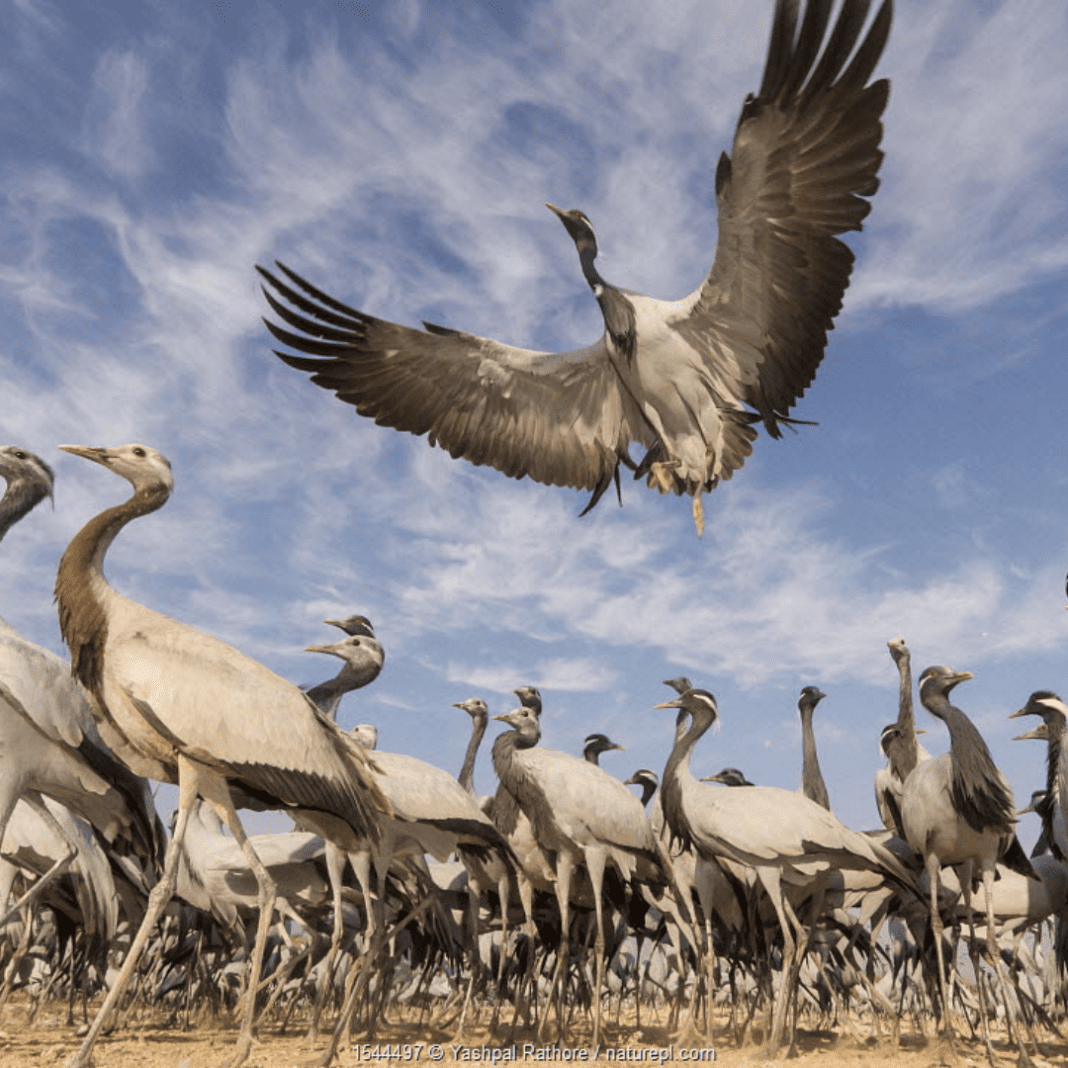Birds on the Move
Every year, millions of birds take flight on amazing long-distance journeys known as migrations. These trips happen twice a year, as birds move from colder regions like the Arctic to warmer places such as Africa, South America, or even the Antarctic Circle. They migrate to avoid freezing weather and to find food. One of the most impressive travellers is the Arctic Tern, which flies nearly 90,000 kilometres annually, making a round trip from one end of the Earth to the other.
These long flights are not just about survival. While flying across continents, birds help the planet stay healthy. They pollinate flowers, spread seeds, and eat harmful insects. This supports forests, farms, and food supplies for people and animals alike. But today, things are changing. Birds are facing new problems because of climate change, the long-term rise in Earth’s temperatures caused mostly by human activity.
Changing Climates, Changing Paths
They depend on many natural signs to know when and where to fly. They watch the length of daylight and changes in temperature. These signals tell them it’s time to start their journey. But as the planet warms, these signals are becoming unreliable.
In some areas, warmer temperatures mean food stays available for longer. Because of this, some birds are choosing not to migrate as far or not at all. Others return earlier than they should. This can create problems. If they arrive too soon, the plants and insects they rely on may not be ready. On the other hand, if they stay in places with limited food, they might struggle to survive.
For some birds, the journey has become harder. The Bar-tailed Godwit is one example. It flies non-stop for over 13,000 kilometres from Alaska to Australia. To prepare, it stores fat and even shrinks its internal organs to make room for the fuel it needs. But climate change is making this harder. Changes in weather and habitat conditions can mean the bird can’t find enough food before its flight, or face storms while travelling.
Wildfires In UK Push Rare Species Closer to Extinction
Worse still, extreme weather events are becoming more common. Strong winds, heavy rains, and sudden storms can throw birds off course or even kill them mid-flight. The rising sea levels are also flooding the places where birds stop to rest and eat. This leaves them with fewer safe spots to recharge their energy.
Struggling to Survive
Many birds rely on coastal wetlands and shallow waters to find food during migration. But climate change is making oceans more acidic because they are absorbing more carbon dioxide. This is making it harder for small sea creatures like crustaceans to build their shells. These tiny animals are a major food source for birds. Without them, birds can’t fuel up for their journey.
The damage doesn’t stop there. As birds fly through cities or towns, they can be tricked by shiny buildings and fly straight into glass. This causes many injuries and deaths each year. In other cases, birds that stop to eat food left by people might end up getting the wrong nutrition. Bread and seeds meant for humans can fill their stomachs, but not give them the energy they need. These birds might feel full but still be weak and unprepared for the rest of their flight.
The Climate Change Risk Birds Face Despite Big Brains
In some areas, climate change has pushed birds and other animals into the same places at the same time. When food becomes scarce, this can lead to fights between animals who are all looking for something to eat. Migratory birds may find themselves competing with animals that live in the area year-round.
Sadly, some bird species have not been able to cope with the rapid changes. The Slender-billed Curlew, once a migrating bird in Europe and Asia, was officially declared extinct in 2024. Scientists believe it cannot adjust to the loss of its habitat and the impacts of human development.
Birds have guided humans for centuries. But today, their paths are being changed by the very people who once looked to the skies in wonder. As climate change continues to reshape the Earth, it’s becoming harder for birds to complete the journeys they’ve made for thousands of years.




